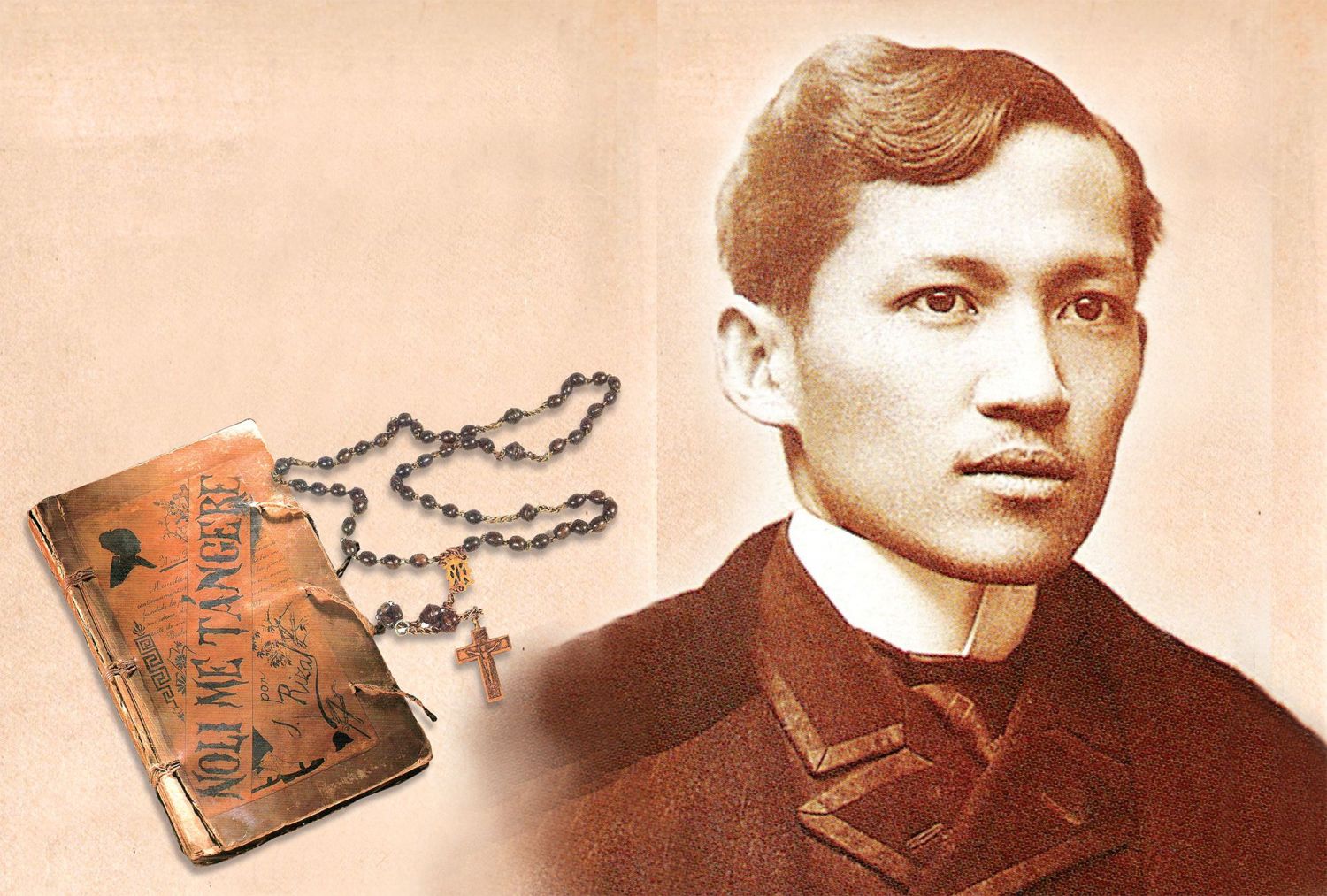A point of interest in the history of the Filipinos is the evolution of names; here is a gist of what transpired through the centuries
In the Philippines, a Spanish surname does not necessarily mean a Hispanic lineage; though quite a few would like to think so, even bringing home their family’s “coat-of-arms” bought from a souvenir shop in Madrid as bragging rights. But unless you know for sure, whether from family records or lore, that you are descended from a Spanish immigrant—be he a soldier, a businessman, or a friar—your Spanish-sounding surname may find its ancestor only as far back as 1850, in a book called Catalogo Alfabetico de Apellidos.
The catalogue accompanied the 1849 Claveria Decree which mandated all Filipinos to adopt a family name. It presented 60,288 surnames, mostly Spanish, from which all the indios (natives) with a few exceptions, must choose. The decree, enacted in 1850, was the initiative of Don Narciso Claveria y Zaldua, then the governor general of the Philippines. Claveria must have been an orderly man and an organised leader who could not stand the mess in a nation without a system of surnames. Indeed, that posed a problem, particularly in attempting to prove the degrees of consanguinity for marriage purposes as well as for matters of tax and inheritance.

With the arrival of the Spaniards in 1521, but before the enactment of the Claveria decree, names, both first and last, were casually adopted by the natives. Most popular were those of saints such as San Jose and Santamaria, often resulting in multiplicity, as in the case of Santos, commonly considered the Filipino Smith. This was aggravated by a Church rule of giving the sacrament of Baptism only to those with religious names. Ergo, the proliferation of the name Maria.




